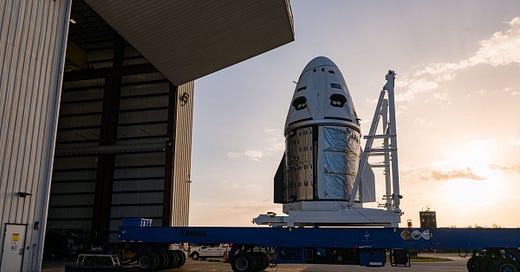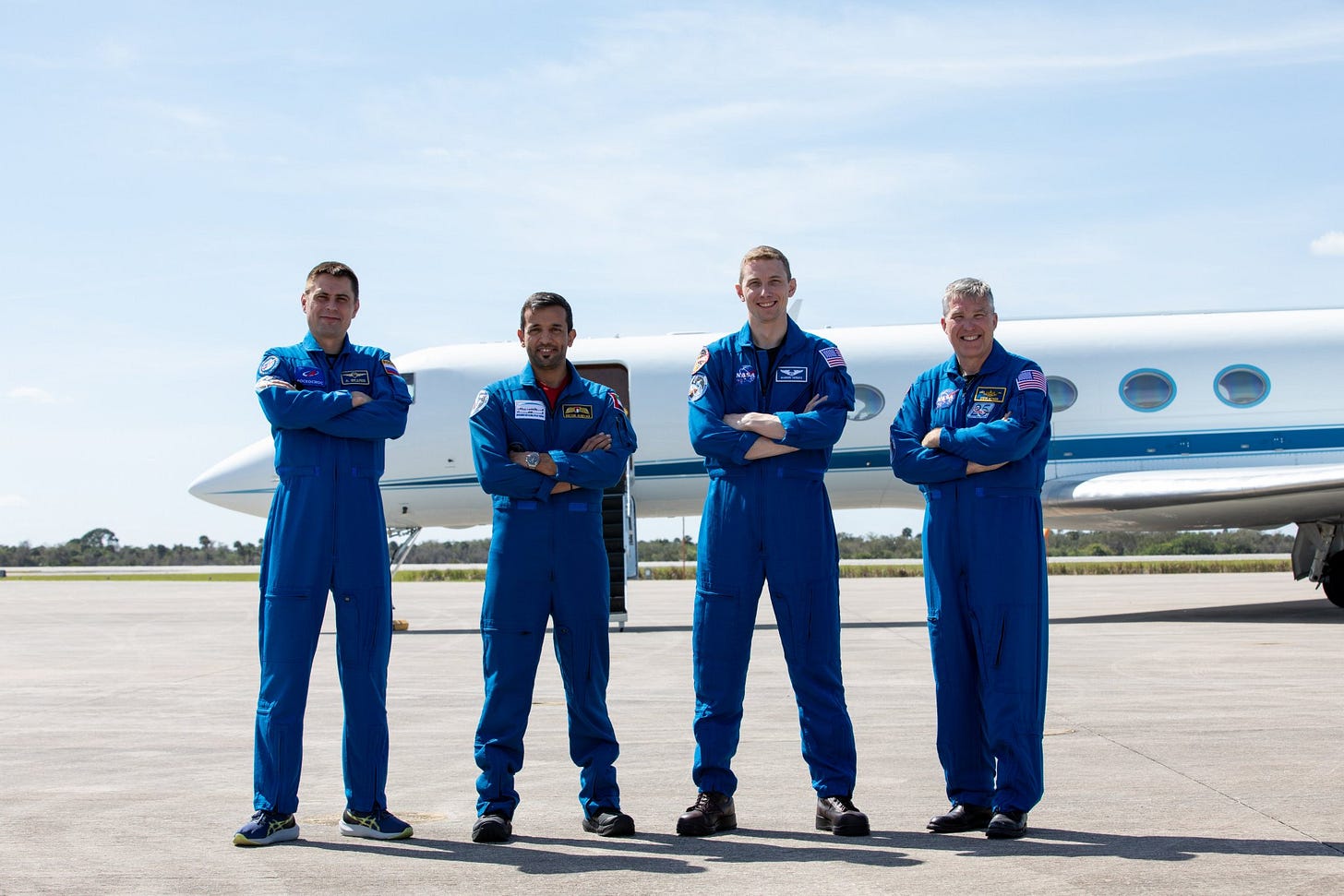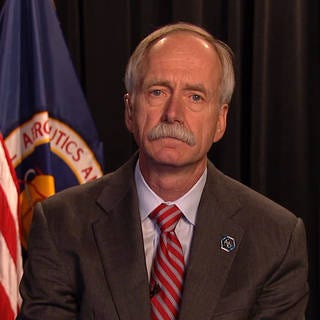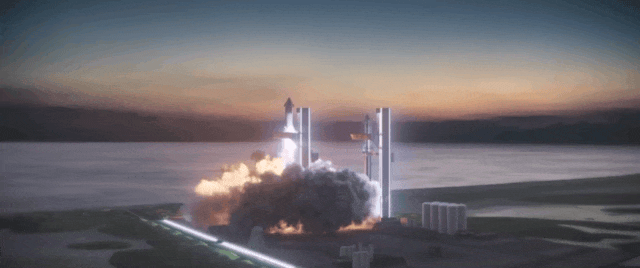Putting the “use” in reusability
Musk's SpaceX to fly the capsule that carried its first Astronauts
Next week the sixth full NASA crew will head to the International Space Station (ISS) on a SpaceX rocket. They will be pushed through the atmosphere by a Falcon 9 rocket and will be strapped into a Dragon capsule.
It’s a well-known capsule. This was the Dragon that carried the first astronauts into space for SpaceX. The Demo-2 mission (DM-2) that carried Doug Hurley and Bob Behnken was the first time in nearly a decade that astronauts launched from American soil.

Now, Crew-6 will strap into the capsule that Doug and Bob dubbed Endeavour nearly three years ago. This will be the fourth time Endeavour has flown.
Elon Musk has long proclaimed reusability is the way to lower the cost of getting to space. He likes to say, “would you throw away a jetliner after one flight?” His company is continuing to prove that rockets and capsules can fly far more than once.
“The fact that you get a chance to see reuse and get a chance to see the vehicle is a tremendous asset and helps you ultimately fly safe,” SpaceX executive Bill Gerstenmaier told reporters.
He says SpaceX learns more with each reuse. Gerstenmaier outlined all the testing performed on the ground, but said, “actually taking a new vehicle to space actually lets you look at systems in integrated fashion as long as you're not taking life out of the vehicle.”
The former head of human spaceflight for NASA added, “It really gives you a chance to see how systems operate, how they work in a microgravity environment, how they interact with each other and getting a chance to fly this Dragon for the fourth time gives us a lot of insight and a lot of confidence that this vehicle is really ready to go fly.”
Currently, SpaceX recovers the majority of its Falcon-9 posters, the first stage, which returns to land on a barge or near the launch pad. The Dragon splashes down in the ocean on its return flight. But the second stage is never recovered. After burning through its fuel, the second stage falls back to earth and burns up in the atmosphere. That leaves a Falcon-9 about 70% reusable.

This is a problem Musk hopes to solve with his Starship. The massive booster and rocket ship can both return to Earth and land with engines that allow them to land upright. “With Starship we are going for 100% reusable,” Musk told investor Ron Baron during a recent event.
“A fully, and rapidly reusable, orbital rocket has the potential to drop the cost of access to space by a factor of a thousand,” Musk said. “If we can make Starship work it enables us, over time, to get anywhere in the solar system,” Musk added because Starship is designed to land on any solid service.
Starship has not reached orbit yet. That could happen in the next few months. But this is not easy. As Musk points out, Earth’s atmosphere is fairly thick and gravity is quite strong. “With known physics it is only barely possible to make a fully reusable orbital rocket,” Musk said, adding, “not impossible but extreme difficulty.” “It’s never been achieved before… it’s a very difficult engineering challenge.”
It will be difficult indeed. Musk has not given us the multiplier of the difficulty of making Starship successful compared to the Falcon-9. But how many thought five years ago that SpaceX’s Dragon capsule would be taking its fourth crew to the ISS?








